I am using this BC817-40 transistor as a switch.
In the above image, we can see that inorder to operate my transistor in the saturation region, I need to make sure my Ic/Ib ratio is less than 40.
And to make sure it is in the active/linear region, I need to make sure my Ic/Ib ratio is more than 40. This can be done by selecting appropriate resistor value for a given Base and Collector voltage.
My actual questions :
In the above DC Current gain section, when they say Vce=1V and Ic=100mA, are they saying that the voltage difference between the collector and emitter should be less than 1V or more than 1V in the active region? And this dc current gain section is especially to be checked when we need to use the transistor as an amplifier,right?
In my application, I am using BC817 transistor as a switch. I refer the Figure5. to calculate my Base emitter voltage and Figure6. to calculate the Collector emitter voltage. In both the graphs, the Ic/Ib=10. I take the Vbe and Vce values from the graph and calculate my Base current and collector current. Now, my calculated Ic/Ib ratio comes around 18. Since 18>10, do I need to adjust my base and emitter resistance values to make it less than 10 so that my transistor is in saturation mode when it is turned ON. Or should I just leave it at 18, since 18<40. (40 being the minimum Hfe given at the Table 8)
FIGURE 5 : Ic Vs Vbe(sat)
FIGURE 6 : Ic Vs Vce(sat)
- Since the figures 5 and 6 plots, specifically mentioned the Vbe and Vce parameters for Ic/Ib=10, and 10 being less than minimum Hfe of 40, does it mean, that these two plots should be referred only when we need to use these transistors in saturation mode? Or is there a case, when we can use these plots in active/linear mode also?


